
3 Landing Page Optimization Myths EXPOSED
August 7, 2019
There’s a metric ton of information out there about landing page optimization. This is awesome for small businesses and marketers trying to improve their conversion rates.
However, you can’t trust everything you read online, and bad (or outright false) information can often disseminate faster online than factual, data-driven information. This leads to the perpetuation of bogus “knowledge,” the adoption of inferior “best practices,” and a general decline in the quality of good, reliable, actionable guidance on how to increase your conversion rates.
Last week, my colleague Erin Sagin teamed up with Margot Mazur from Wistia to offer a great webinar that debunked some of the most pervasive myths around landing page and conversion rate optimization. (You can watch the whole webinar here!)
In today’s post, we’ll take a page from Erin and Margot’s webinar and look at three of the most stubbornly common misconceptions about landing pages, and why you shouldn’t listen to conventional wisdom surrounding these myths. We’ll explain why these myths are often accepted as truth without question, as well as what you should be focusing on instead. By the time you reach the end of this post, you’ll be armed with the knowledge you actually need to start improving your conversion rates.
Myth #1: Low Conversion Rates Always Mean You Have Landing Page Problems
This is arguably one of the most prevalent of the landing page myths we come across, and it’s one that many marketers struggle to get to grips with. In all fairness, it’s a logical enough assumption; if your conversion rates are low, then there must be a problem with your landing pages, right?
Wrong.
The reality of the situation is that you can improve your conversion rates without even touching your landing pages, and rethinking the audiences you’re targeting is a great start.
Think about it. If you’re targeting the wrong people, it doesn’t matter whether your landing pages are exceptional or mediocre – they’re not going to convert. This is a targeting problem, not a landing page problem. Simply put, sending more qualified traffic to your landing pages can be much more effective than tweaking your landing pages themselves. So what can you do?
Consider Keyword Intent
To send more qualified traffic to your landing pages, start with your keywords. How many of the keywords you’re targeting are informational or navigational? Is the intent of other keywords unclear? Is there room for potential ambiguity? If so, start over. Focus on high commercial-intent keywords that have strong buying signals.
Refine Location Targeting Options
Geotargeting is amazingly powerful, but it does present unique challenges, such as targeting too broad an area. Examine your location settings. Did you cast your proverbial net a little too widely? Tighten up your location settings to provide greater relevance to local and regional markets.
Adjust Keyword Match Types
Something else to monitor is the match type settings in your PPC account. If your conversion rates seem low, carefully examine your Search Query report, paying particularly close attention to your match types. Are you using the best match types for the keywords you’re bidding on? Are you excluding irrelevant or low-intent search queries using negative match types? Make sure your match types are working for you, and that your list of negative keywords is comprehensive enough to disqualify low-intent traffic.
Making sure you’re only sending qualified, motivated traffic to your landing pages is one of the most effective strategies you can employ to increase your conversion rates. Don’t let lower conversion rates spook you – the problem may lie with the traffic.
Use Call-Only Ads
One of the best ways to increase your conversion rates without messing with your landing pages is bypassing the landing page altogether using Call-Only ads.
This type of ad format allows visitors to click a single button and call your business directly from an advertisement. Given that landing pages are often the “leakiest” part of the conversion funnel, skipping this stage altogether can have a dramatic impact on your conversion rates.
Call-Only ads are perfectly suited for businesses that handle a great deal of mobile traffic. The last thing prospects want to do when browsing on a mobile device is to be taken to a landing page and forced to fill out a web form. Let your users get in touch with you directly from your ads and stop shepherding traffic through unnecessary landing pages.
Myth #2: A/B Testing IS Landing Page Optimization – Period
We talk a great deal about A/B testing here on the WordStream blog. Although we regularly advise marketers to base their decisions on rigorous A/B tests (and never on assumptions), another of the most stubbornly enduring myths about landing pages and conversion rates is that A/B testing is the alpha and omega of conversion rate optimization.
Many marketers develop myopia when it comes to their testing parameters. They become obsessed with tiny details and minute adjustments in the pursuit of the “perfectly” optimized landing page. While there’s nothing wrong with being a stickler for the small stuff, focusing too narrowly on small changes is likely to lead to meager results.
It’s also a mistake to assume that simply by A/B testing various page elements that you’re making the most of your time and resources. Some tests aren’t just minor, but offer virtually no benefits whatsoever. To make matters worse, it’s all too easy to fall into ruts and testing habits that waste time.
The image above shows the results of a typical conversion rate A/B test. Notice how the performance of the control and the variant level out over time? The reason for this is that it’s common to see variations in behavior – and subsequent conversion gains – whenever a change is made. However, over time, this behavior “normalizes” and can result in those initial gains being lost. This is why it’s important to allow your A/B tests to reach true statistical significance before stopping a test, as what appears to be a “winning” variation may actually perform similarly to the control version of the landing page in the long run.
So what’s the solution? Think bigger.
Experiment with Different Offers
Stop wasting time obsessing about button colors. Instead, focus on bold, ambitious changes that are more likely to yield greater results. One of the best elements to focus on is your offer itself.
Too many marketers force their agenda or goals on prospects, when they should be doing the polar opposite – namely, giving prospects what they want. Here’s an example of an offer we ran for a time on the WordStream homepage:
Now, we thought a free trial was a solid offer. However, we were less than blown away by the offer’s performance. Conversion rates were average at best. Even worse was the fact that prospects were requesting frequent help from our sales team, a clear indication that the benefits of the offer weren’t clear to users at that stage of the funnel.
With that in mind, we made a drastic change and switched up the offer completely, creating a free tool that is super-easy to use and shows the value of our software up-front:
Instead of pushing the sale from the outset, we instead switched gears to focus on what prospects wanted (help with their AdWords accounts). This resulted in a conversion rate increase more than five times better than the original offer.
Change Your Sign-Up Flow
Sign-up and other types of landing page forms are a common, everyday part of the often-transactional nature of the Web. However, just because sign-up forms are commonplace doesn’t diminish the trust involved, or lessen the potential deterrent that asking for users’ personal information can present. That’s why you should consider radically changing your sign-up flow if you think your conversion rates are lower than they should be.
Many sites go straight for the throat and ask users to sign up for whatever they’re offering immediately. While this approach can work, it may be putting users off and harming your conversion rates. Before you start tweaking your landing pages, consider adjusting your sign-up flow. If you’re asking for user data earlier in the process, try asking users to sign up toward the end instead. Alternatively, empower your users to make their own decisions and let them choose when they sign up for your offer by implementing a more flexible sign-up process.
Myth #3: The Landing Page Is the Last Opportunity to Get Visitors to Convert
Of these three myths, this one is perhaps the most prevalent. However, once you move past this outdated mindset, you’ll never think of your conversion rates in the same way again.
Not so long ago, many marketers viewed the landing page as the last-chance saloon; the final stage in an attempt to get visitors to cross the line and convert. Unfortunately, this approach assumes that visitors will do everything you want them to do, in the order in which you want them to do it, the first time they interact with your site.
This is rarely how this plays out.
People get distracted, or tire of your site, or simply assume they can come back to whatever it is you’re offering at a time that’s more convenient for them. Conversion pathways in today’s always-on, multi-device environment are rarely linear, and most consumers simply won’t sit down and move steadily through the funnel you’ve created in a single sitting. That’s why it’s so important to use remarketing.
Remarketing allows you to capture many conversions that a more rigid user flow would lose. If a visitor doesn’t convert first time, it doesn’t matter – your messaging can “follow” them around the Web, keeping your brand or products top-of-mind, and allow the visitor to convert when they’re ready.
Remarket on the Display Network AND Social
Social media is perfect for remarketing. Not only do many people spend a great deal of time on social media (Facebook in particular), but the visual nature of ads on Facebook lends itself very well to remarketing messaging.
Facebook’s extensive remarketing options offer marketers a remarkable degree of flexibility and targeting options, making it an essential strategy for businesses hoping to increase and optimize their conversion rates. Check out our comprehensive guide to remarketing on Facebook to learn more about how to implement this strategy.
Of course, you’d be crazy not to devote some of your AdWords budget to remarketing, too.
Make Saving Shopping Carts Effortless
For e-commerce retailers, flexibility in the check-out process is crucial. Very few people complete an online order in one sitting – many consumers prefer to purchase goods online over time. This can be due to distractions, hesitations, and other common obstacles that interfere with the conversion process. That’s why you should make it as easy as possible for your visitors to pick up where they left off, whether you’re selling them a product or offering them a free download.
Remember – it’s about giving users what they want.
Check out this post about combatting shopping cart abandonment to learn more about increasing conversion rates on e-commerce landing pages.
Only Ask for the Information You REALLY Need
Whether you’re selling a product or promoting a content offer, it can be tempting to ask for everything from a visitor’s name and email address to their income level and job title. As valuable as this data is to marketers, asking for too much information is a sure-fire way to tank your conversion rates.
When constructing web forms, only ask for the information you really need. Yes, you’ll be potentially missing out on that sweet user data, but your conversion rates could improve considerably.
There’s More to Conversion Rates Than Landing Pages
Remember, although landing page optimization is important, it’s not necessarily essential in every instance, nor should it always be your first course of action. Sometimes, your landing pages are just fine – it’s the rest of the process that needs tweaking.

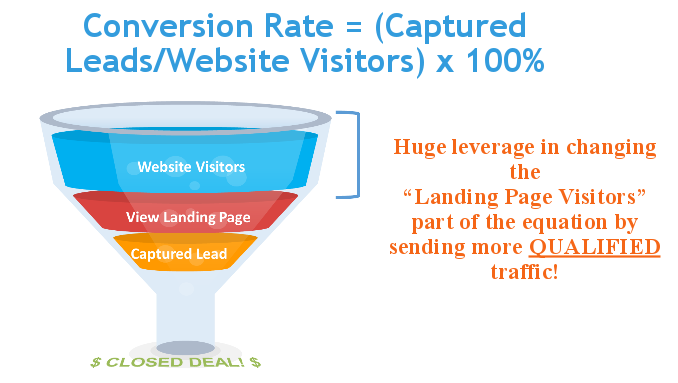
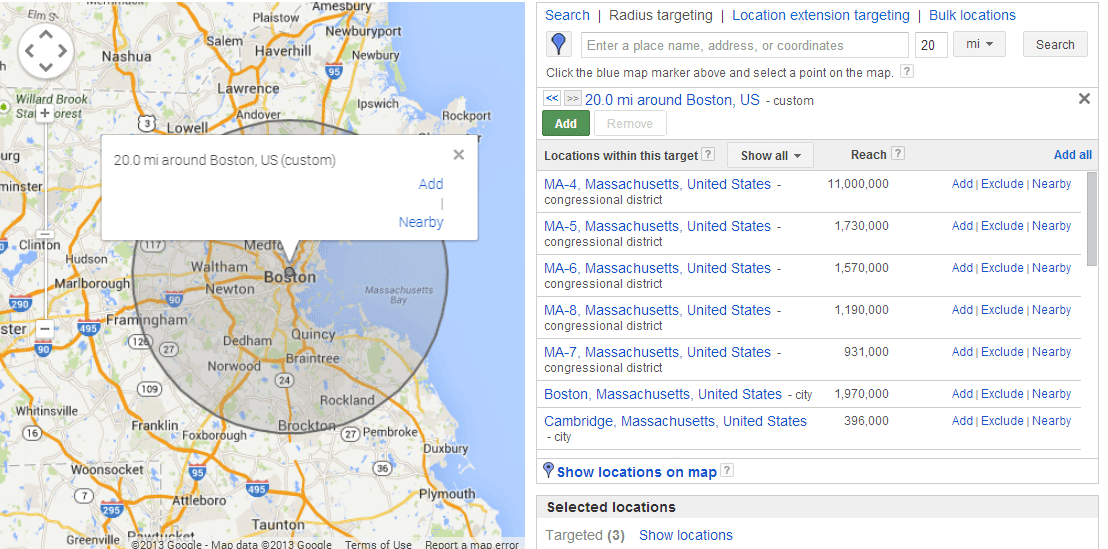
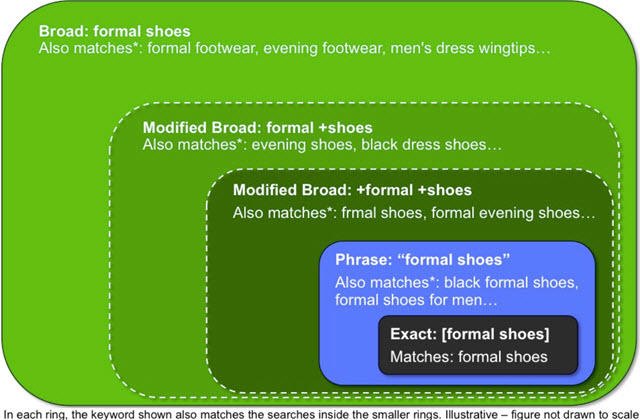
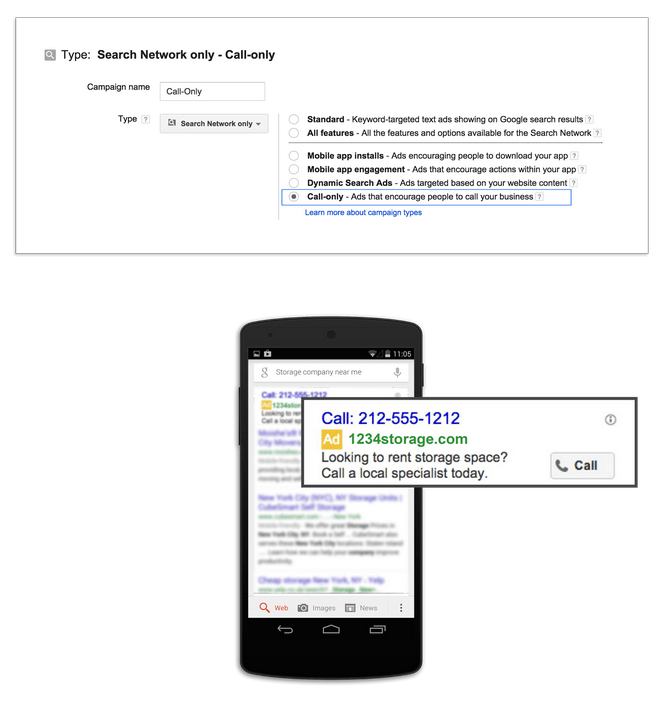
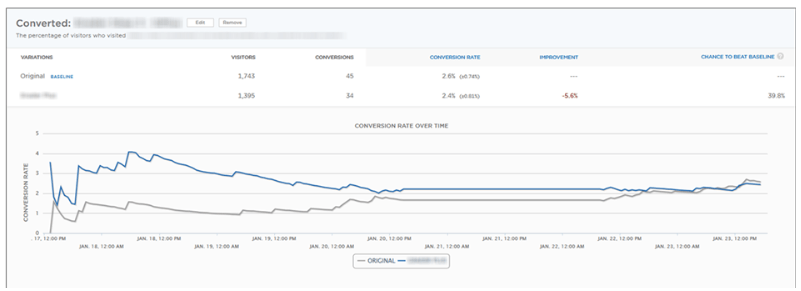

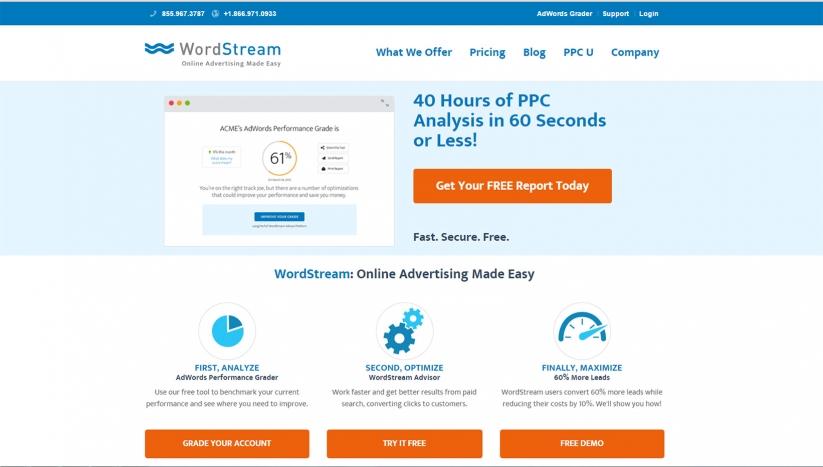

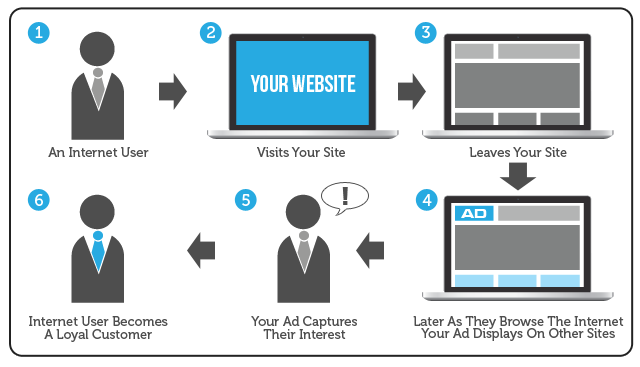
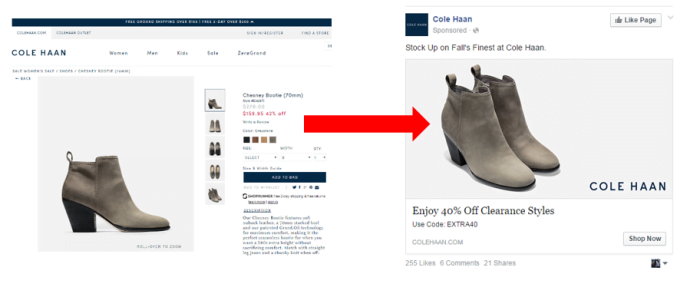




![Search Advertising Benchmarks for Your Industry [Report]](https://www.wordstream.com/wp-content/uploads/2024/04/RecRead-Guide-Google-Benchmarks.webp)


